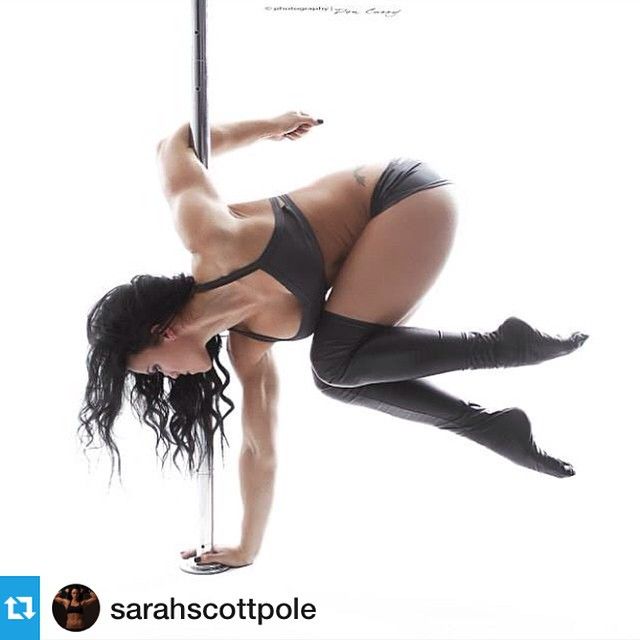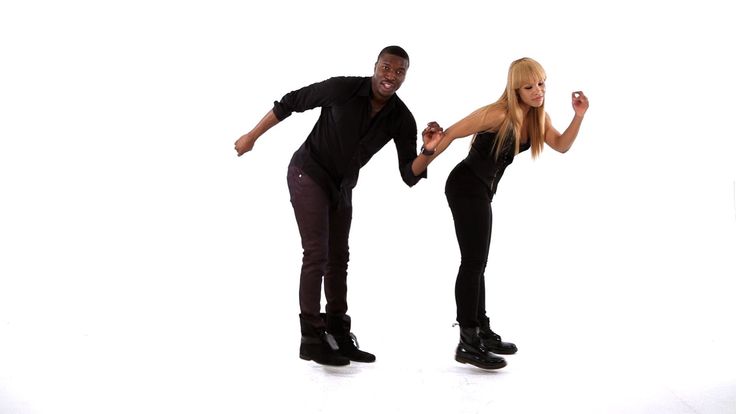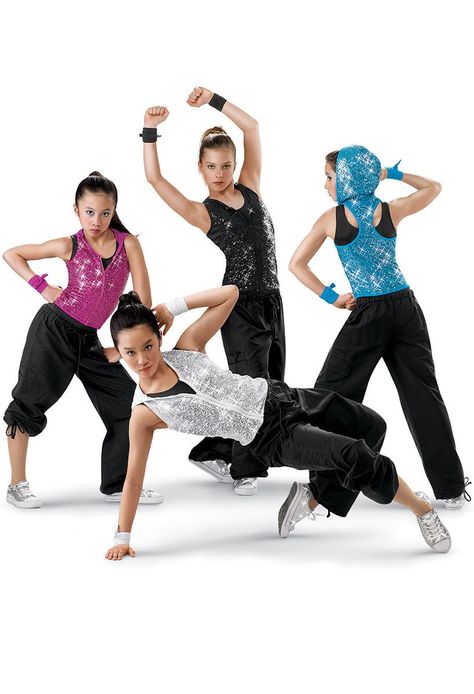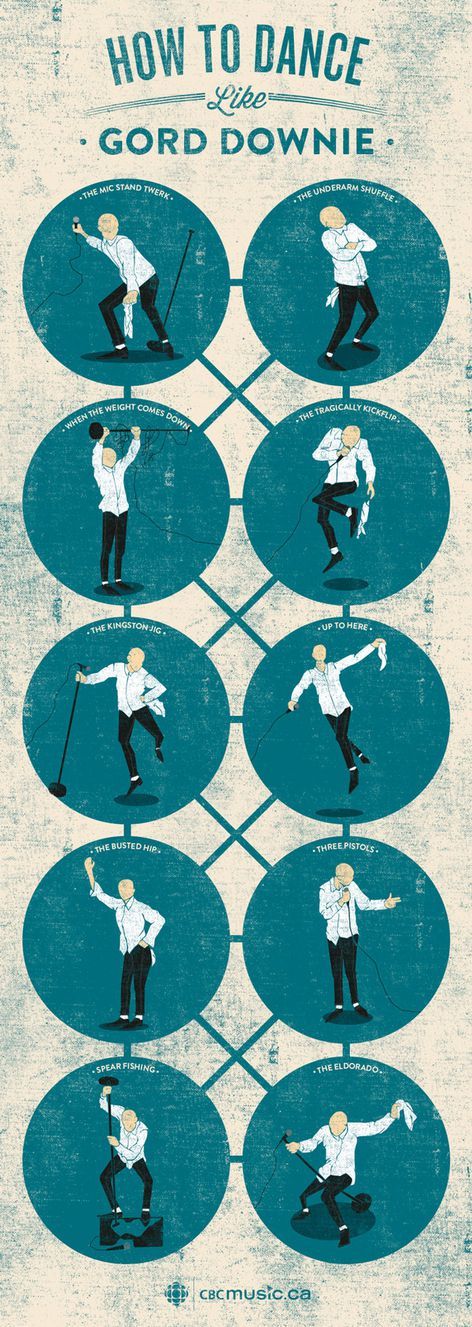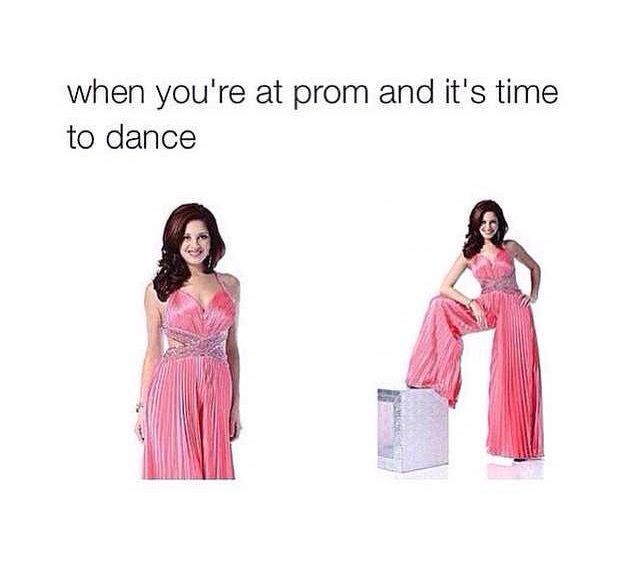How to dance the hula
Learn How to Hula Dance! | How to Hula Dance for Kids
SHARE THIS:
Famous for its sandy beaches and warm weather, Hawaii is a tropical paradise. Part of what makes Hawaii so special is its rich island culture. Hawaiians have their own traditions, language, and even their own dance form called Hula. Hula is a graceful art form that is danced to the words of a song (mele) or chant (oli). Ancient Hawaiians danced Hula to tell stories about their history and to celebrate the beauty of nature. But you don’t need palm trees to enjoy Hawaiian culture. Get ready to move your feet, swing your hips, and learn to dance the Hula with Little Passports! With a these easy-to-learn dance moves, you and your little ones can bring the beauty of the islands right to your doorstep.
Step-by-Step Hula
Move your feet!
Stand facing forward with your feet hip-width apart and bend your knees. Step 8 inches to the right. Bring your left foot to meet your right foot, keeping your left foot slightly off the floor, and tap the ground once with the ball of your left foot to complete the move. Repeat, taking another step the right, bringing your feet together, and tapping the ground with the ball of your left foot. Now go back the way you came! Step to the left, bring your right foot to meet your left and tap the ground with the ball of your right foot. Repeat this move to the left again. That’s it! Continue to practice stepping two times to the right and then two times to the left until you feel comfortable with the footwork.
Did you know? Hula is almost always danced barefoot.
Did you know? Traditional Hawaiian instruments that accompanied Hula dances were made of shells, rocks, and even teeth!
Now add your hips!
Keeping the same pattern–two steps right and two steps left–try adding some hip movements. During the Hula, your hips should keep a gentle rocking or swaying motion–similar to the ocean waves! When you step to the right, lower your right foot toe-to-heel and lift your left hip up. As you bring your feet together, switch so that your right hip is up. Before your next step, sway your hips side-to-side. Repeat the same motion as you take your second step to the right. Remember to sway your hips side to side before each step. Now try this motion to the left: left foot toe-heel, right hip up, feet together, left hip up, rock hips side to side. Repeat. Make sure to keep your knees bent and hips loose as you continue to step and sway!
During the Hula, your hips should keep a gentle rocking or swaying motion–similar to the ocean waves! When you step to the right, lower your right foot toe-to-heel and lift your left hip up. As you bring your feet together, switch so that your right hip is up. Before your next step, sway your hips side-to-side. Repeat the same motion as you take your second step to the right. Remember to sway your hips side to side before each step. Now try this motion to the left: left foot toe-heel, right hip up, feet together, left hip up, rock hips side to side. Repeat. Make sure to keep your knees bent and hips loose as you continue to step and sway!
Complete the move with arm motions!
Extend your arms out to the side at shoulder level. Bend your left arm so your hand is in front of the left side of your chest and your palm is facing down. Your right arm should stay extended, with your elbow slightly bent and fingers together. As you take your steps to the right, move your arms in a gentle, wave-like motion. Before your first step to the left, switch your arms so that the left arm is extended and the right arm is bent in front of the right side of your chest. As you take your steps to the left, continue to move your arms in a wave-like motion. As you move, keep your body relaxed and your shoulders still. Remember to switch arms every time you switch directions.
Before your first step to the left, switch your arms so that the left arm is extended and the right arm is bent in front of the right side of your chest. As you take your steps to the left, continue to move your arms in a wave-like motion. As you move, keep your body relaxed and your shoulders still. Remember to switch arms every time you switch directions.
Did you know?
Hand and arm motions can be used to represent emotions or aspects of nature.
Add your own flair!
Once you’ve mastered this basic Hula dance, feel free to add some more moves from the list below to spice it up! Remember to use your face and eyes to tell the story of the song you are dancing to.
Ami: With hands on your hips, rotate your hips in a circular motion.
Ka`apuni: Keeping your hips moving in a circular motion like the Ami, pivot around the left foot and step slowly with the right foot around the left foot to complete a full turn.
Rising Sun Hand Movement: Start with your hands together at knee level.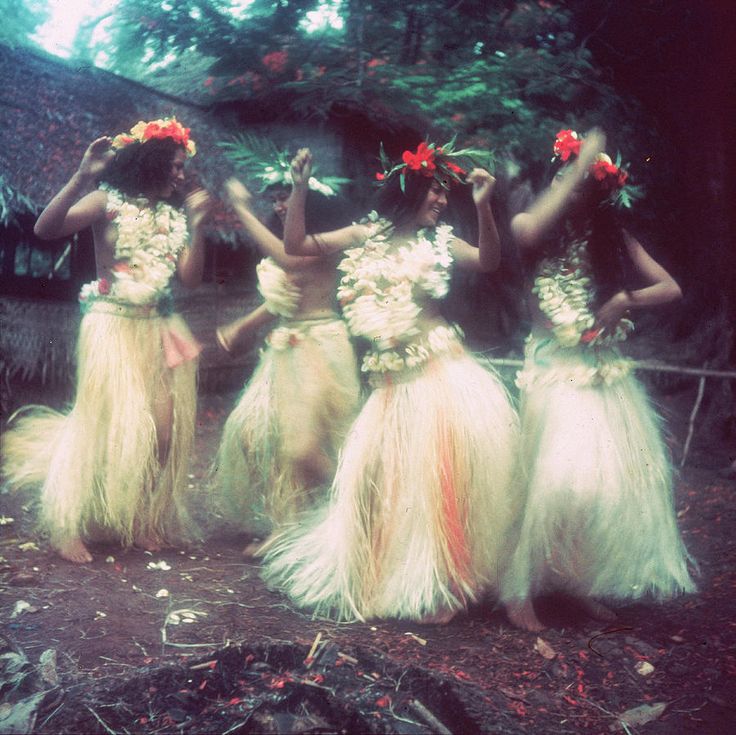 In a sweeping motion, move the arms outward and upward until they are above your head and fingertips nearly touch. Form the shape of sun with your arms extended over your head with your palms turned upward and your fingertips touching.
In a sweeping motion, move the arms outward and upward until they are above your head and fingertips nearly touch. Form the shape of sun with your arms extended over your head with your palms turned upward and your fingertips touching.
Uwehe: Standing with feet hip-width apart, step in place with your right foot. Keeping knees bent, lift both heels up off the ground in a popping motion, and then place them back down. Now step in place with your left foot. Do the popping motion again.
Hela: Starting with your feet together, point your right foot forward. Return feet together. Point the left foot forward. Bring your feet back together.
Love Hand Movement: With your palms facing your body, cross your hands in a X-shape on your chest to show embracing love.
Don’t forget to smile and have fun!
Learn How to Hula Dance! from Little Passports on Vimeo.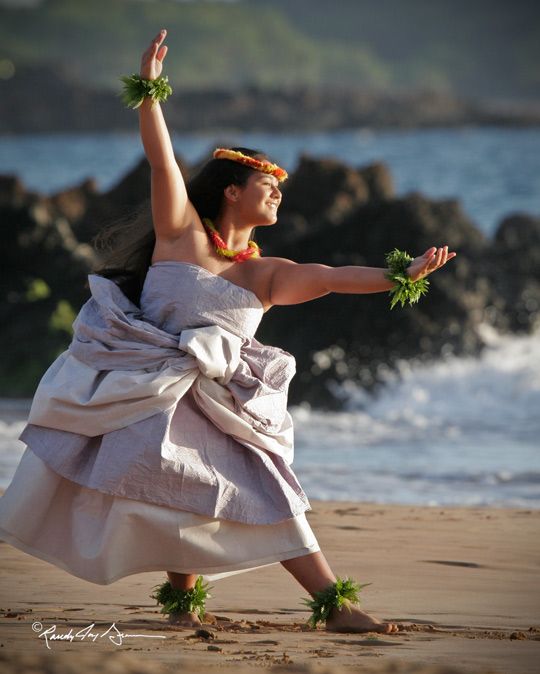
SHARE THIS:
Related Posts
Cozy Up to a New Tradition
Fireplaces and flannel. Cocoa and cuddles. Blankets and bunny slippers. What are your family’s favorite ways to get cozy? With back-to-school behind us and the holidays ahead, we think October is the perfect time to pause that to-do list for some cozy family fun inspired by traditions around the globe. Hygge Fire Stories The world…
Coffee Love, Across the Globe
As mornings get colder and darker heading into fall, parents across the U.S. shiver out of bed and head straight for the coffeemaker. Did you know coffee is the second-most popular drink worldwide, second only to tea? The U.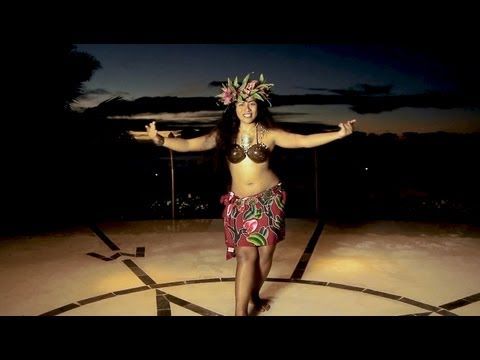 S. actually has a whole day to commemorate its java fix: National Coffee Day on September 29.…
S. actually has a whole day to commemorate its java fix: National Coffee Day on September 29.…
Foods of the World Scavenger Hunt
While many of us aren’t traveling as much these days, we can still introduce our little ones to the smorgasbord of tastes, sights, and smells out there in the world. In honor of World Tourism Day, let’s take a mouthwatering tour around the globe with this fall scavenger hunt for the senses. India: Pumpkin Paratha…
MORE FROM OUR BLOG
Get Free Activities and Exclusive Offers
Enter your email
Blog Categories
How Do You Hula? | Wonderopolis
ARTS & CULTURE — Dance
Have You Ever Wondered.
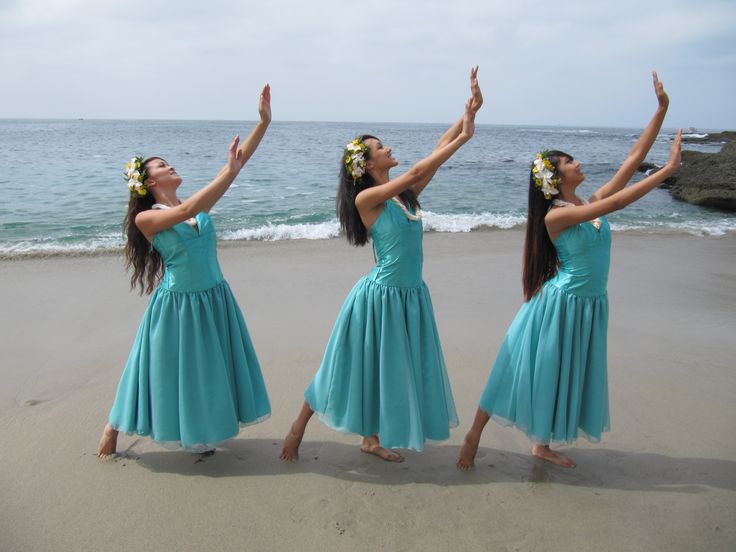 ..
..- How do you hula?
- Who invented hula dancing?
- What are oli and mele?
Tags:
See All Tags
- dance,
- Hawaii,
- hula,
- Cultures Of The World,
- History,
- Dance,
- Hawaii,
- Hula,
- Cultures Of The World,
- History
More than 2,000 miles off the coast of California float the islands that make up the 50thstate: Hawaii.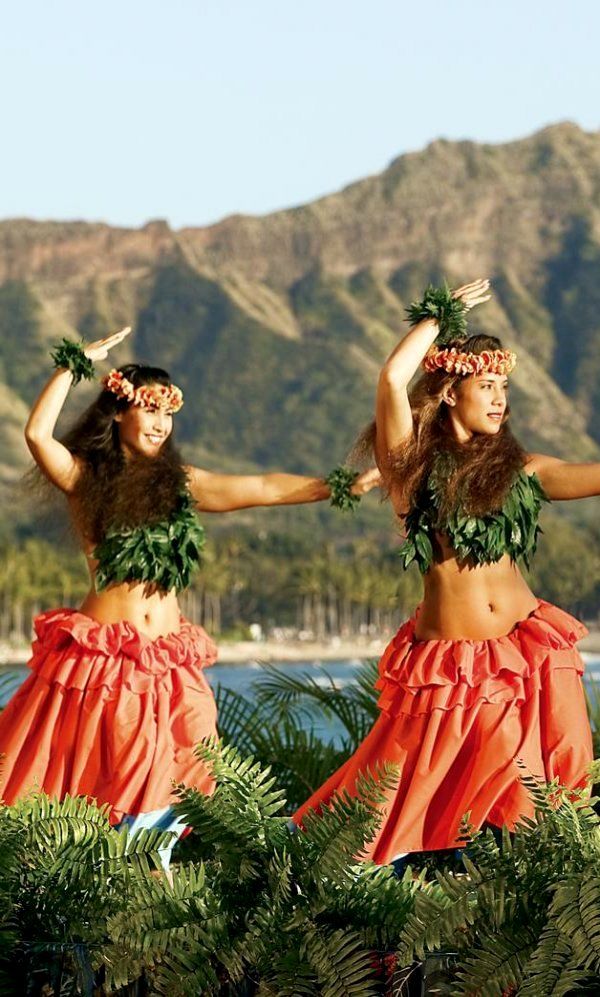 One of the most enduring images of Hawaii is that of colorful hula dancers. Hula is more than just a dance to Hawaiians, though.
One of the most enduring images of Hawaii is that of colorful hula dancers. Hula is more than just a dance to Hawaiians, though.
No one knows for sure exactly how hula got started. There are many Hawaiian legends that hold that a god or goddess, such as Laka or Pele, invented the dance. With origins among the Hawaiian gods, it's no wonder that Hawaiians consider hula a sacred dance.
Hula is an interpretive form of dance that has been practiced for centuries in Hawaii. Legend aside, hula was probably developed by the Polynesians, the people who originally settled the Hawaiian Islands.
Hula consists of dancing accompanied by either chanting (called oli) or a song (called mele). Hula dramatizes and interprets the words of the oli or mele and gives them meaning in a visual form via movement.
Ancient hula — known as Hula Kahiko — was performed by dancers as a sacred ritual with chants and traditional percussion instruments.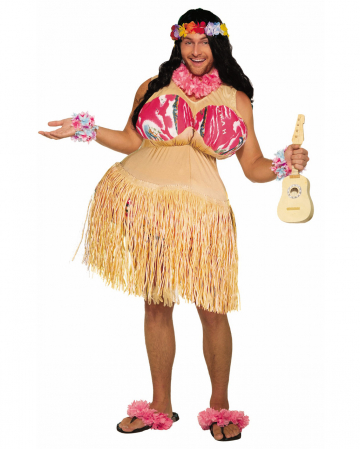 The oli and mele told stories of legends, history, nature and devotion to the goddesses Pele and Laka.
The oli and mele told stories of legends, history, nature and devotion to the goddesses Pele and Laka.
Over time, hula became a part of popular culture and sparked interest beyond Hawaii. Under the influence of Western culture, a new form of hula — called Hula 'Auana — developed, using songs and more modern instruments, such as guitars and ukuleles.
People who have never seen hula dancing might not understand how complicated an art form it really is. Hula dance moves vary from simple to complex steps, including the Kaholo, Ka'o, Hela, 'Uwehe and Ami.
The most basic hula dance moves include swaying of the hips and sidestepping (called "vamping"). A complete hula dance can be quite a workout. Some dancers compare hula to an athletic performance!
Hula also involves many different hand motions. The hand motions made during hula represent the words in the oli or mele. For example, hula dancers use their hands to communicate words or ideas, such as a coconut tree swaying or waves rolling on the ocean.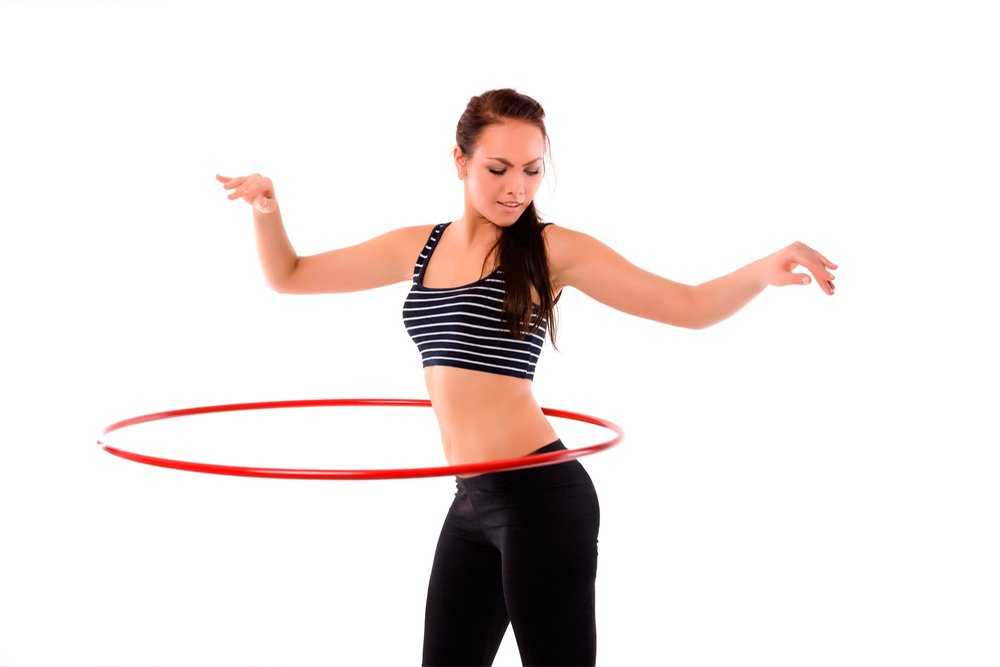
Female hula dancers usually wear skirts and colorful shirts, while male dancers typically wear pants or a loincloth. Dancers often also wear leis, as well as wrist and ankle bracelets.
Hula can be done while sitting (called noho dance) or standing (called luna dance). Some hulas involve both noho and luna dances.
If you live in Hawaii and want to learn hula, you can learn hula in school or groups called hālau. The hula teacher is called the kumu hula. Kumu means source of knowledge or teacher, so the kumu hula is the teacher of hula!
Wonder What's Next?
Tomorrow’s Wonder of the Day is a cut above the rest. Join us to learn about marks that serve as memories!
Try It Out
Ready to hula? Get your dancing hips ready and do it! Grab some friends or family members to join you. The more people you recruit, the more fun you'll have.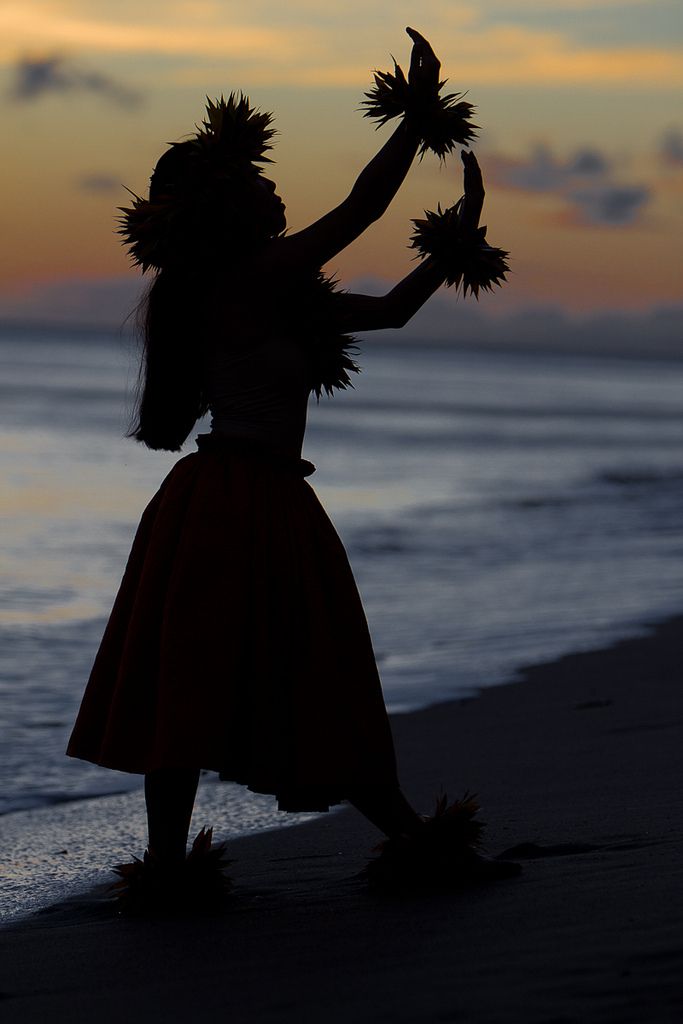
The best way to learn to hula is from a Hawaiian dancer. If you can't make it to Hawaii, though, the next best thing is a good video tutorial.
Here are a couple of sites with good videos that will show you how to hula in no time:
If you want to make your hula even more authentic, make your own homemade lei to wear!
- How to Hula Dance 1
- How to Hula Dance 2
Did you get it?
Test your knowledgeWonder Words
- enduring
- origins
- sacred
- interpretive
- accompanied
- dramatize
- visual
- swaying
- loincloth
- Polynesian
- ukulele
Take the Wonder Word Challenge
Rate this wonder
Share this wonder
×GET YOUR WONDER DAILY
Subscribe to Wonderopolis and receive the Wonder of the Day® via email or SMS
Join the Buzz
Don’t miss our special deals, gifts and promotions.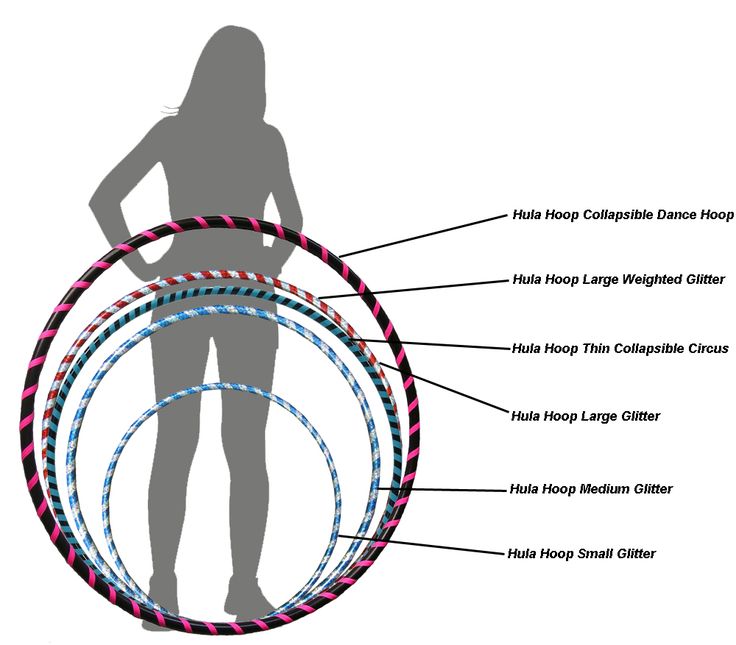 Be the first to know!
Be the first to know!
Share with the World
Tell everybody about Wonderopolis and its wonders.
Share Wonderopolis
Wonderopolis Widget
Interested in sharing Wonderopolis® every day? Want to add a little wonder to your website? Help spread the wonder of families learning together.
Add widget
You Got It!
Continue
Not Quite!
Try Again
Hawaiian dance training in Moscow: prices, reviews and addresses
Hawaiian dances - prices and reviews. Comparative table of dance schools in Moscow, where there is a Hawaiian dance training service for children and adults.
Service:
Location:
Show
changes
Show map
The portal Dance.Firmika. ru contains information about Hawaiian dances in Moscow: addresses and phone numbers of schools, prices for one-time classes and full-fledged subscriptions, reviews of students from various studios. Thus, each visitor will be able to choose the perfect option for all their wishes! For greater convenience, a search by metro stations and city districts is presented.
ru contains information about Hawaiian dances in Moscow: addresses and phone numbers of schools, prices for one-time classes and full-fledged subscriptions, reviews of students from various studios. Thus, each visitor will be able to choose the perfect option for all their wishes! For greater convenience, a search by metro stations and city districts is presented.
Hawaiian dances: simple movements with deep meaning
There are many dance styles taught in Moscow: Irish, Indian, Arabic, but to find Hawaiian dance teachers, you have to try. Hawaiian dances are not yet widespread enough in our country, but in recent years this hobby has been gaining momentum.
Types of Hawaiian dances
Hawaiian dance, hula, has two main varieties:
- Kahiko, or traditional style. These are dances that originated in the Hawaiian Islands in ancient times, even before the arrival of Europeans there. Kahiko are performed accompanied by live music and national chants.
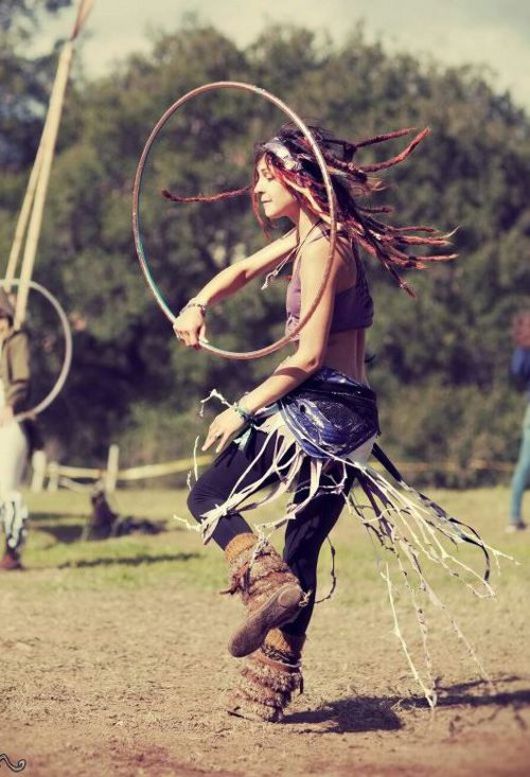
- Auana is a modern hula tradition. At the end of the 19th century, the traditional style mixed with European culture, and a new trend of Hawaiian dances emerged using modern musical instruments.
In the Hawaiian kahiko style, both men and women dance, while the auana is a female dance, and the participation of men in it is more of a funny and comical character.
How are Hawaiian dances performed?
No choreographic training is required to start hula dancing. Hawaiian dance is a kind of storytelling. With the help of smooth movements of the hips and hands, the dancer tells about what the song is about: the beauty of the Hawaiian Islands, love, fidelity.
Each image corresponds to a certain movement of hands: waves, sun, flower, mountains - all this can be depicted in the dance with the language of gestures. There is also a basic set of steps and movements. But just learning gestures and movements is not enough, you need to do them softly and smoothly, and fill the dance with emotions and experiences.
Why is hula useful?
Despite the apparent plainness and simplicity of the dance, teaching hula has many useful points:
- Relaxation. Movement helps to relax the muscles of the pelvis, improve blood circulation, teach balance and balance - both physical and internal.
- Emotional relief. Hawaiian songs are almost completely devoid of sadness. They glorify nature, life, love, native lands. Telling these stories with movements, the dancer smiles and fills the performance with positive emotions. Hula gives a boost of energy, fills the dancer with love and joy.
- The development of femininity. Gentle music, beautiful outfit, flowers in the hair - all this helps to feel more attractive and take a fresh look at the world.
- Teaches you how to express your emotions. Losing feelings in the dance, a person becomes softer and freed from psychological clamps.
And of course, hula is just a beautiful and attractive dance, which is a real pleasure to do.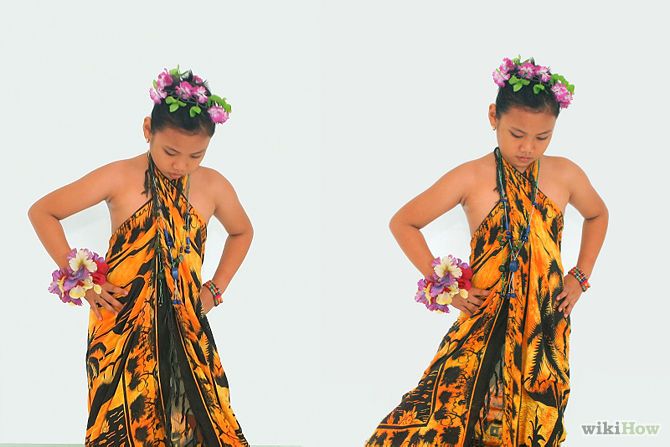
Where to study and what to take with you?
There are several studios in Moscow offering Hawaiian dance lessons for children and adults. When choosing a school, the main thing you should pay attention to is the professional training of the teacher. It is important that he be trained by a native Hawaiian or a hula master (Kumu Hula). It is believed that this is the only way to convey the correct ideas about the dance.
Classes are held in special Hawaiian pau skirts, which are a large piece of fabric gathered with an elastic band. Hulu is danced barefoot, so no extra shoes are required.
Questions about Hawaiian dancing
Ask a new question
The question will be asked to all schools on the portal after verification. Answers usually come within a day.Ask a question
-
Where is Hula dance taught in Ekb?.
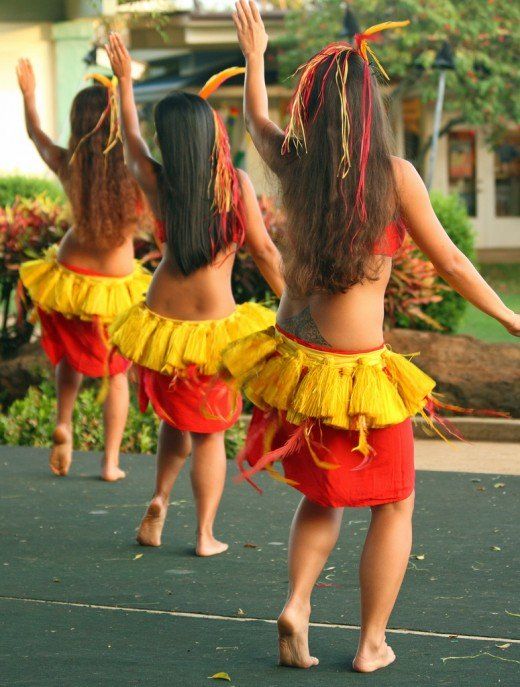 ..
.. Elena-Rada Galimova Yekaterinburg
5 months back 402
responses
Where is Hula dance taught in Ekb? read more
Show on Map
Hawaiian Hula
Hawaiian culture is rich in stories that the locals love to tell. The leaders (kapuna) told his people instructive stories about the life and traditions of the tribe. Hula, a Hawaiian folk dance, was also used to "tell" cautionary tales. The dance is accompanied by a special song, mele. There are two varieties of hula dance: a style created by the Polynesians is called Kahiko Hula (Kahiko Hula), and a newer style created in the 19th and 20th centuries under the influence of Western culture is called Auana (Auana Hula).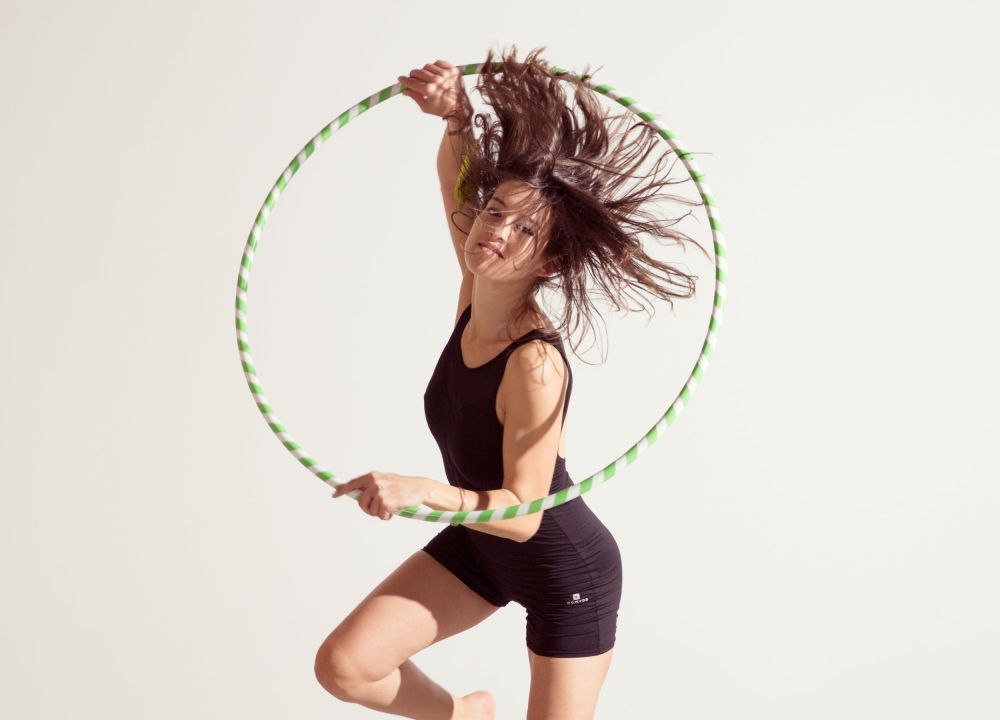
Polynesians came to the Hawaiian Islands from the southwest Pacific Ocean in homemade canoes. They settled on green islands with fertile soil and hula danced their gods. Laka is the patron goddess of the hula dance, but the dance was also reserved for another goddess, Pele. Many generations of dancers went through a long and rigorous course of training.
The hula dance school (halau hula) makes special rules, such as no hair or nail cutting. School graduates took part in the purification ritual and bathed in ocean water. After the ritual, a huge celebration (luau) began, to which all family members were invited along with the graduates. Nowadays, hula dance schools continue to teach the traditional hula dance. And as before, the end of school is accompanied by a feast and dancing.
The hula dance was originally meant to worship the gods. In the old days, the dance was danced on a platform, which also had an altar to the goddess Pele. The traditional costume consisted of a lei (beaded flower garland), pau (skirt) and leg bracelets made from whale bone or dog teeth.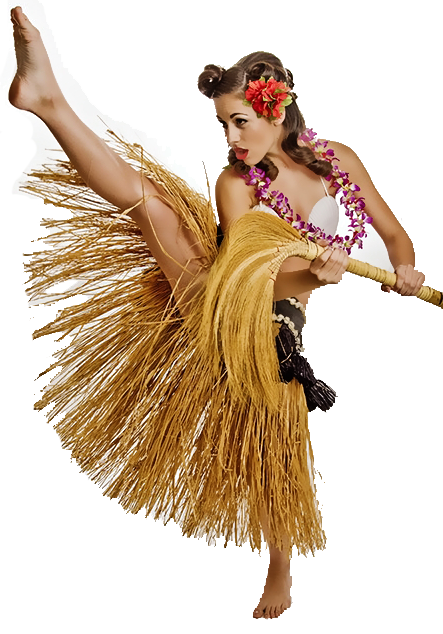 Today, the costumes are more "modest", and dance schools recommend that their students wear long skirts and tops, or a loose dress, and their students - trousers or little.
Today, the costumes are more "modest", and dance schools recommend that their students wear long skirts and tops, or a loose dress, and their students - trousers or little.
The dancers could be both men and women, but the singers were necessarily men. The song (mele) told a story, and the dance highlighted some lines with special choreographic movements. The movements of the male dancers were sharper, and the dance of the girls was more fluid.
Hula was also accompanied by playing musical instruments. Music helps dancers and singers keep the rhythm. Traditionally, maracas, bamboo pipes and drums were used in the songs. Initially, drums made from a single gourd (ipu) were used, and later drums made from two gourds (ipu heke). Anklets made from dog teeth were also considered musical instruments. Now also to maintain the rhythm and give depth to the sound, the ukulele (Hawaiian musical instrument), regular and bass guitars are used.
Public condemnation of dance and its revival
With the arrival of missionaries in the early 20th century, the role of dance began to change. Protestant missionaries declared the dance to be pagan, and it was soon banned. The missionaries condemned the dance itself, the underdressed dancers, and polytheism (worship of many gods). The missionaries pushed even the royal family to stop practicing the dance as well. From that moment on, the hula dance was performed in secret and passed down from generation to generation.
Protestant missionaries declared the dance to be pagan, and it was soon banned. The missionaries condemned the dance itself, the underdressed dancers, and polytheism (worship of many gods). The missionaries pushed even the royal family to stop practicing the dance as well. From that moment on, the hula dance was performed in secret and passed down from generation to generation.
With the accession to the throne of King David Kalakaua, who highly valued the national Hawaiian art, the hula dance was revived and began to slowly reincarnate. The dance was now called Hula Kui, meaning "old and new", as it mixed ancient dance traditions with more recent interpretations of older styles.
With the rise of the tourism business in Hawaii in the early 20th century, hula changed again. Usually in films, hula is depicted as the rhythmic swaying of girls to gentle music, which is very different from a real dance. Many beautiful songs have been written for the new "tourist" hula dance, and many beautiful and mesmerizing costumes have been made for sale.

